Rajshahi, 16 Aug (V7N) — Once in decline, jute cultivation is making a strong comeback in the Rajshahi region thanks to favorable weather, high yields, and a promising market price. Farmers, who had previously lost interest due to low returns, are once again turning to this golden fiber — widely known as “sonali aash” — with renewed hope and ambition.
According to the Department of Agricultural Extension (DAE), jute cultivation in Rajshahi Division has seen a significant increase this year. In total, 53,835 hectares of land were brought under jute cultivation in the division, with Rajshahi district accounting for 17,305 hectares — 300 hectares more than last year.
The DAE set the production target at 45,385 metric tonnes, but the actual harvest is expected to surpass that, reaching around 47,415 metric tonnes. Officials cite favorable weather conditions, including timely rainfall and minimal pest attacks, as key factors behind the bumper yield.
“Because of sufficient rain, farmers didn’t have to spend extra on irrigation, and pest infestations were notably lower,” said Kamrul Islam, Agriculture Officer of Mohanpur Upazila. “If the current market price holds, farmers are likely to earn a good profit, which could further encourage jute cultivation in the coming years.”
At present, the market price for raw jute is between Tk 3,500 and 4,000 per maund (approximately 37 kg), compared to Tk 2,500 to 3,000 last year. This price hike has brought relief and optimism to both farmers and traders.
During field visits across several upazilas, farmers were seen busy harvesting jute, soaking it in water for retting, and preparing it for market. In Paba Upazila’s Sripur village, farmer Ziarul Haque said, “Last year I cultivated jute on five bighas of land and broke even. This year, I expanded to eight bighas. The yield is good, and if I get a fair price, the profit will be even better.”
Tozammel Hossain, a farmer from Bidirpur village in Mohanpur, noted one recurring challenge: lack of nearby water bodies for retting. “Usually, I have to take the jute far away to soak it, which adds to the cost. But this year, early monsoon rains made things easier. We’re hopeful about good prices this season.”
Ummé Salma, Deputy Director of the Rajshahi Agricultural Extension Office, confirmed the increase in both cultivation area and expected yield. “We’ve already seen around 30 percent of the harvest completed across the district. The outlook is positive, and farmers are optimistic.”
Officials attribute this revival to government incentives, increased domestic demand for jute-based products, and greater public awareness of sustainable materials.
However, agriculture officers and farmers alike stress the importance of monitoring the market to prevent price manipulation by syndicates. “Only with fair pricing can farmers continue to benefit and remain encouraged to grow this valuable crop,” said Kamrul Islam.
With the current momentum and support, Rajshahi’s jute farmers are once again dreaming of better days ahead — and reviving the legacy of Bangladesh’s once-prized export crop.
END/MRA/SMA/



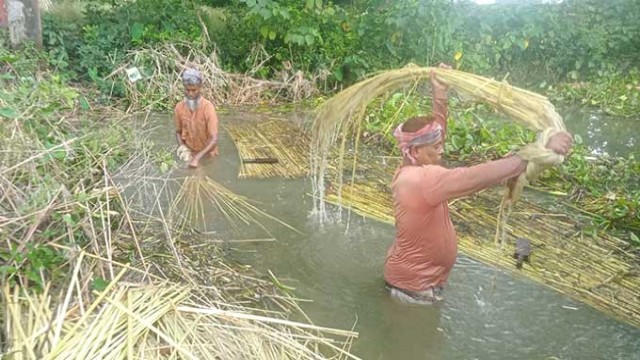
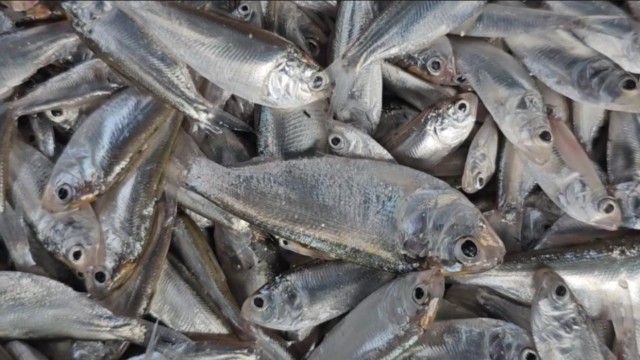
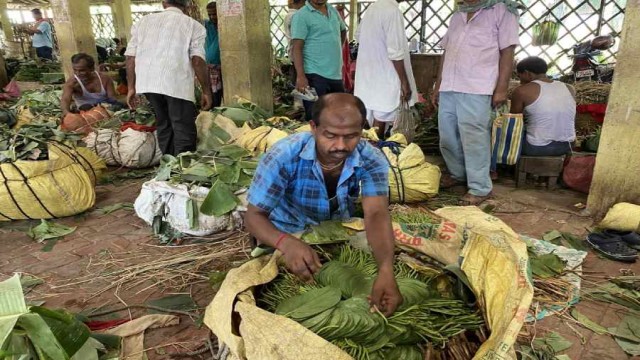
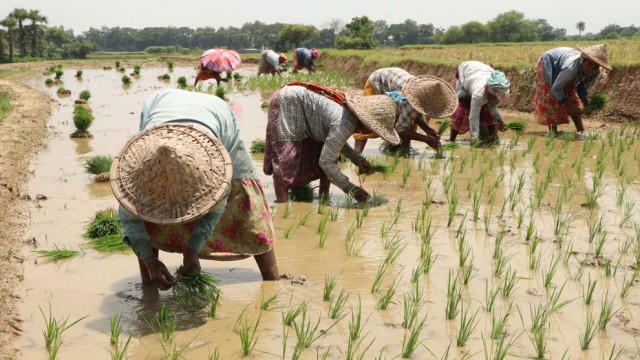
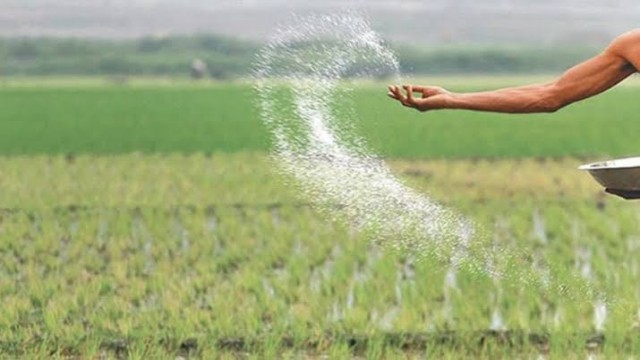
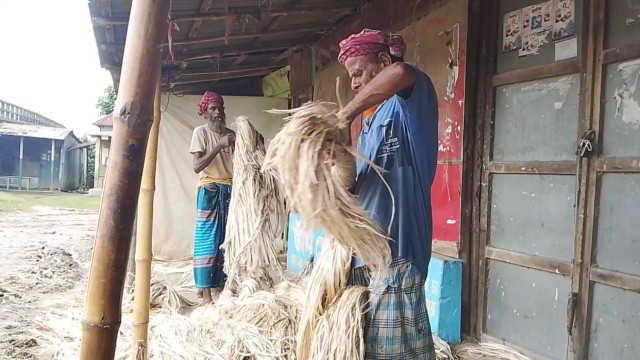
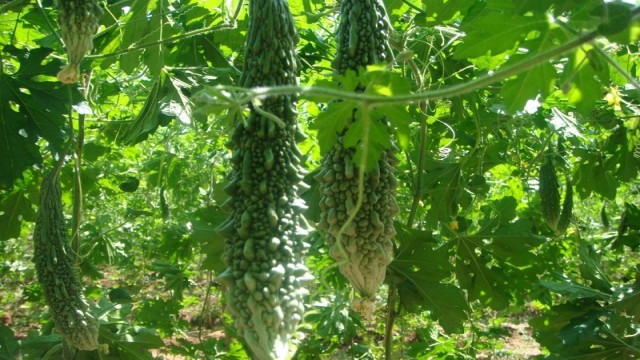

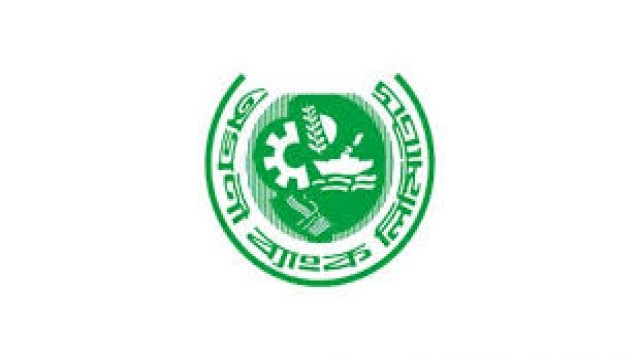





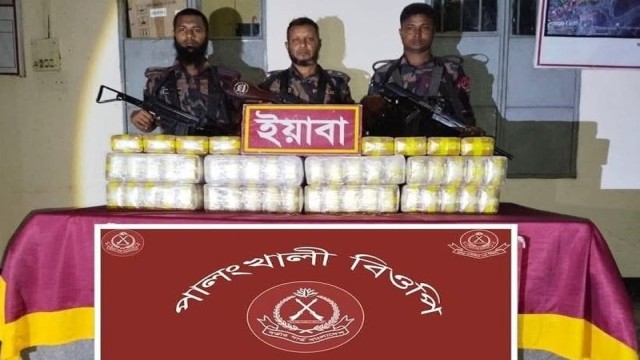



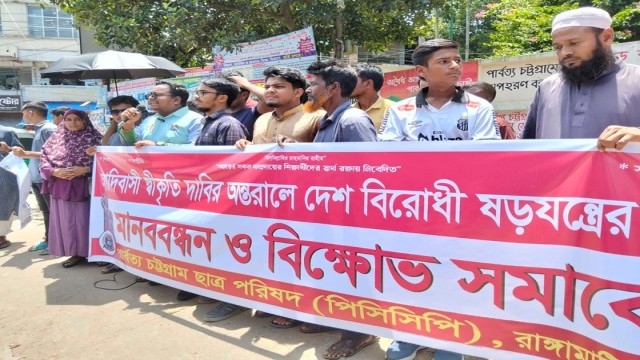
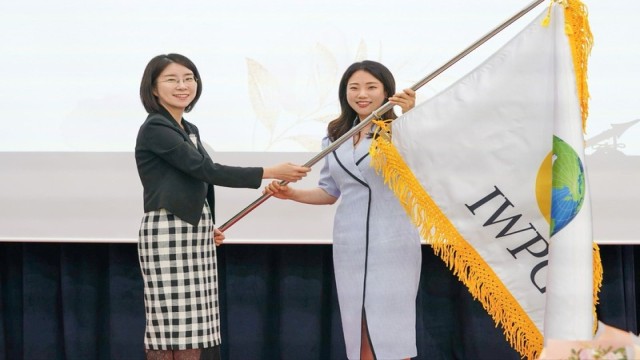

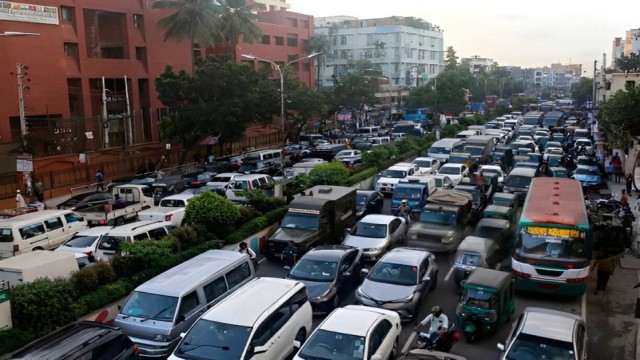

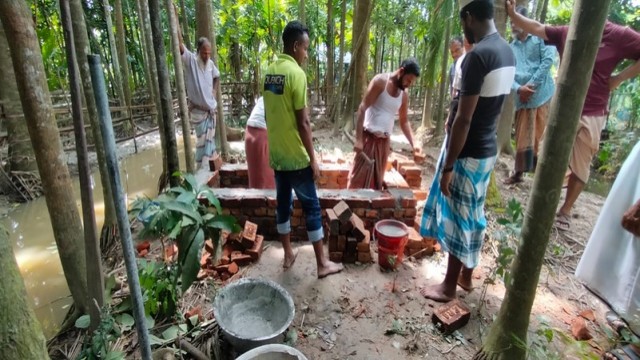
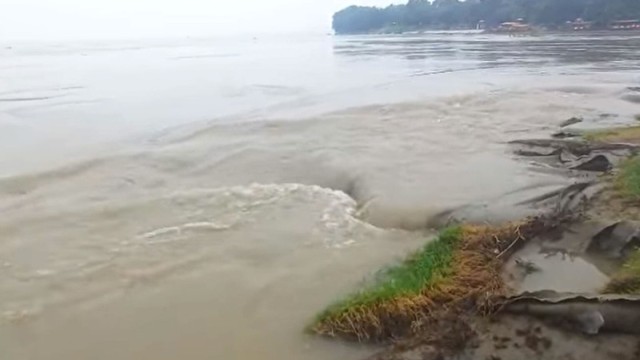


Comment: